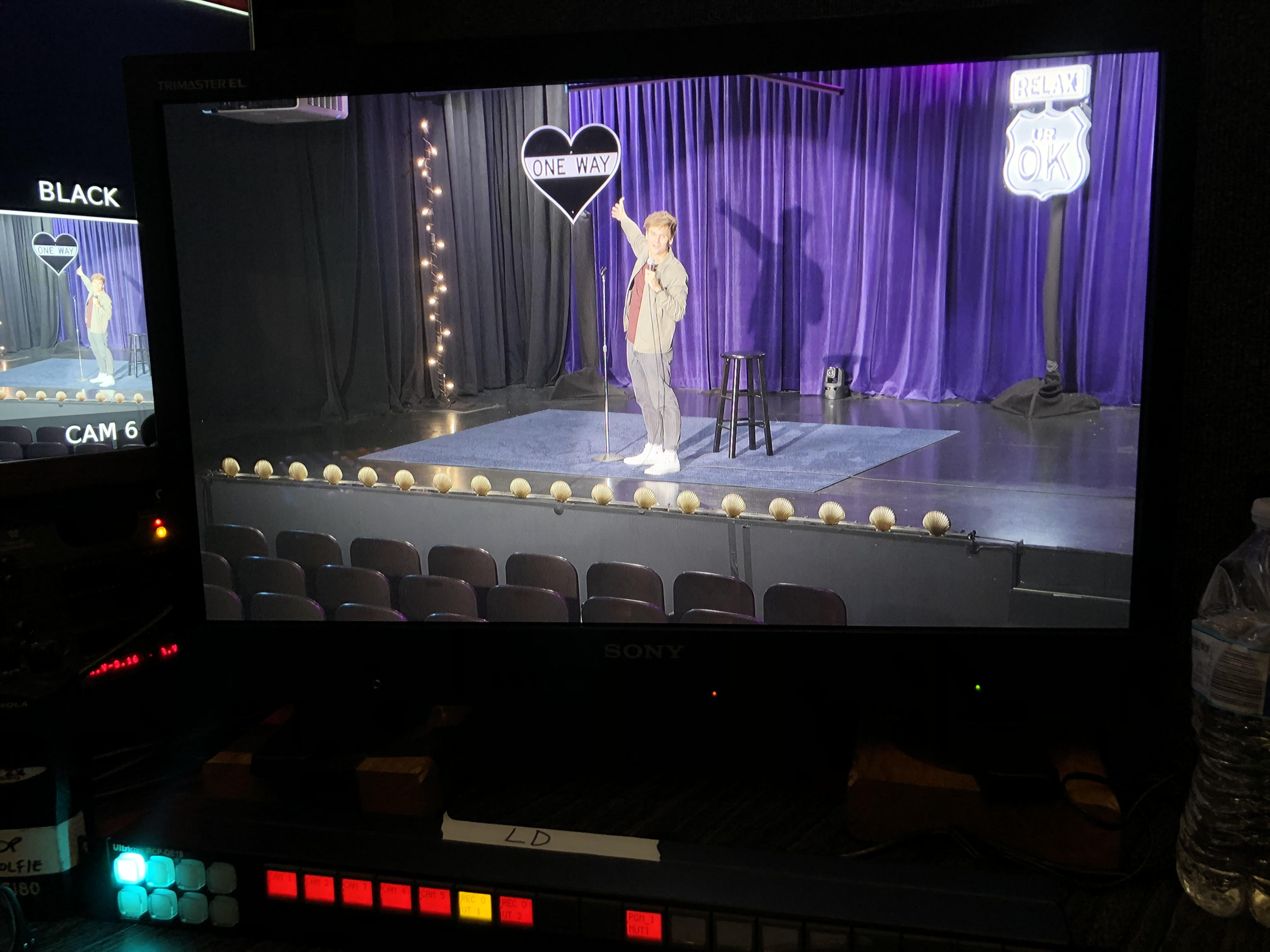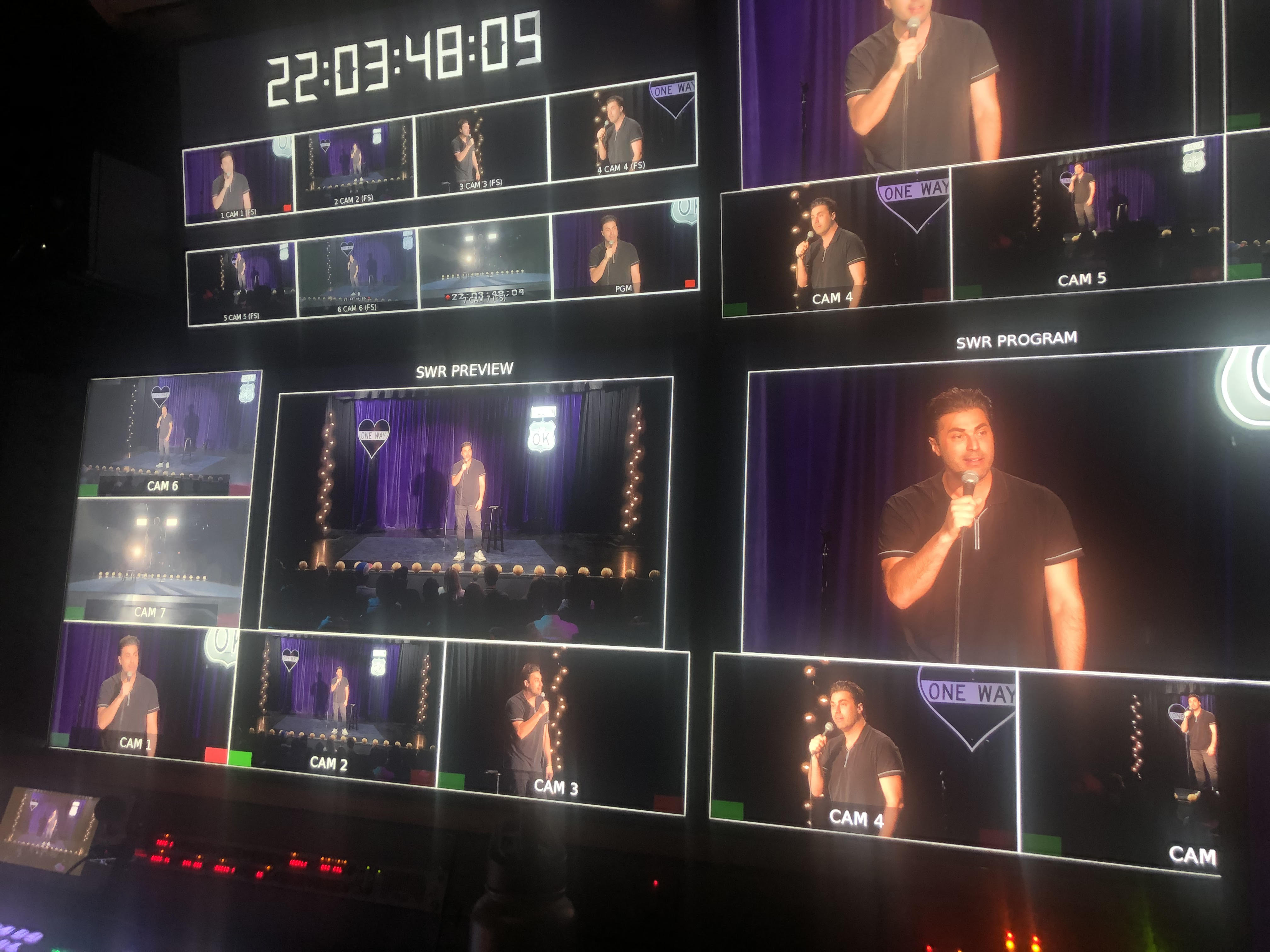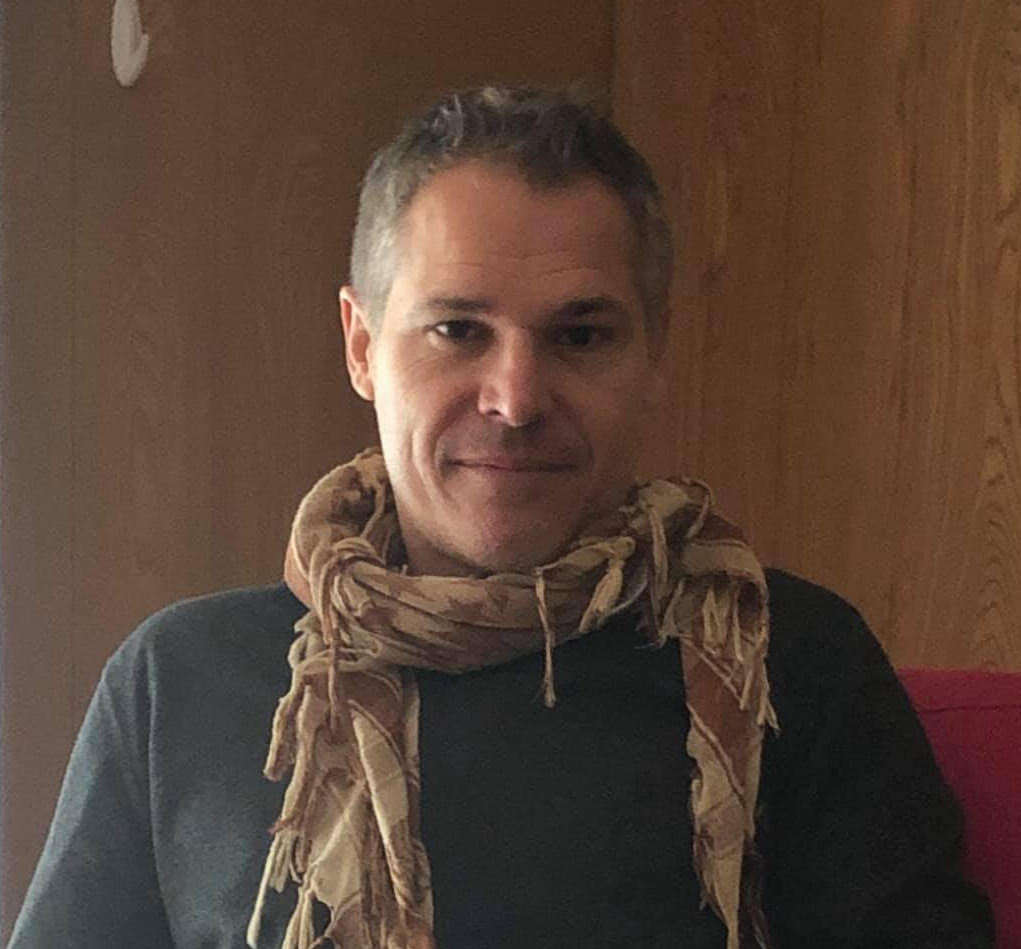Virtual Production in the Real World
While virtual productions won’t be right for every project, it can greatly improve the process and open doors for new endeavors and certain forms of entertainment

I’ve never had a harder time explaining to my friends what I do for a living: “I’m a cinematographer. I specialize in shooting LED Volumes. It’s like a green screen, but instead of the green screen we have these huge video walls that are 80 feet wide by 20 feet tall—we play the background material, and we film the actor standing in front of it…” Blank stares are the most common response.
The virtual world seems to be at the top of conversations about the future of entertainment, community, and social experiences. But, for those of us in production, we’re no strangers to new visual effects technology. I’ve shot green screen. I’ve filmed using rear screen projection. I’ve even filmed using front screen projection back in the late 90’s.
But, there’s no denying that virtual productions have exploded in just last two years. One of the main drivers of this was Covid, as suddenly many companies specializing in music tours and the like suddenly needed to repurpose their video walls. Combined with the trend of actors being willing to film locally on a sound stage, as it meant they didn’t need to climb on an airplane and risk exposure, virtual productions took off.
And beyond these necessary pivots, the technological barriers to using this method have recently reduced significantly—we’ve seen improved camera technologies and innovations powering growth, such as PTZ cameras, LED walls, game engines, increased computational power and an explosion in the quality and quantity of new higher quality LED Panels.
We are now in a defining moment of how far virtual production has come and where it’s going next.
In my work as a cinematographer, I’m witnessing volumetric stages and virtual production stages popping up all over America—Los Angeles alone has a large and varied selection of stages to choose from. Elements of virtual productions are being integrated into productions across the country. In fact, I just finished shooting a season of a TV show at Brandstar stages in Florida, which featured practical sets with virtual set extensions. Volume work is here to stay.
In terms of big budget options for virtual production, we’ve all seen the magnificent achievements of The Mandalorian, which introduced the virtual production concept to a broad audience who found themselves “fooled” by the sweeping desert vistas, all composed with tiny pixels instead of tiny grains of sand.
But, LED volumes are being used at all budget levels of production, even in unexpected places like live comedy shows. I recently shot a comedy series with Laugh Lounge in which we employed a wide range of Canon cameras to capture the live performances. We also usually have one or two Canon CR-N500 PTZ cameras with the Laugh Lounge Comedy Club, which produces 150 live stream sets a year.

Typically, these performances need to feature differentiated sets and backgrounds that fit the style and tone of the comedian, but they don’t typically need to be hyper photo-realistic or complex—it’s more of a graphic aesthetic. We’re looking at show ideas that not only have an LED wall as a passive background, but also might include segments utilizing the power of a game engine.
One of the things we found in our live shows is when you get two world class comedians improvising with each other, you can find spontaneous comedy gold. To take advantage, we’ve crafted graphic 3D elements that can be used in an improv segment to be visually stimulating and a leap off point for the comedians’ banter.
PTZ cameras, which now mostly have gen lock and allow us to control and match color in real time and produce a cinema quality image, can really shine in settings where there is a passive, non-tracked LED wall that is purely decorative. And when shooting these shows, the need for both high and low angles, as well as pans of the audience for reactions, all lends itself nicely to the use of PTZ cameras. They sit in an arsenal of cameras available for virtual production, and can be a unique tool when used correctly.
Another valuable use case for virtual production is for broadcast and large-scale live concerts, in which we typically set up a tracked camera and utilize an LED wall with graphic imagery and animations.
I was cinematographer for a similar production for a Riot Games event and its musical guest Porter Robinson—his background animations were highly graphic and esoteric and harken back to the animated quality of the IP that we were tying in. We created a virtual floor and virtual ceiling so that we could grab high angle shots and dramatic low angle views and still make sure everything was cohesive. We had a short window of time to get all our shots. From those constraints, I realized that sometimes I’ll need more coverage.
I subsequently began testing out a PTZ camera to see how it would look in such an aggressively LED environment. The PTZ’s are great—easy to rig, easy to remote control, and nowadays much better sensors and glass than one would expect to find in a PTZ. They now have camera tracking built in—as long as the camera base itself stays put and doesn’t move. All of this works together to provide fantastic coverage and a final piece of content that reflects the imagination and visual wonder of an artistic performance.
With the explosion of the aforementioned technologies including LED video wall technology and remote controllable cameras, we’re seeing the possibility of remote directing or remote cinematography operating outside of the venue and even out-of-state—again, a great option for producing comedy shows, live music, or other monetizable live performances. For example, the Laugh Lounge is looking at remote content recording.
Remote options become more attractive for producers and clients who might not be able to make it to the set for health or financial reasons."
Being able to install a handful of PTZ cameras in a comedy club in Austin, log in from a control room in L.A., operate and live cut a comedy show and have it up on the Laugh Lounge channel streaming live is an amazing use case for the PTZ’s. The color science in these cameras has improved greatly and can mix in well with cinema cameras like a Canon Cinema EOS C300MKIII or C500MKII so with certain live streaming situations, it totally fits the bill.
“Content is king” is still the mantra and for us in production, it means that it needs to get made, no matter what. Remote options become more attractive for producers and clients who might not be able to make it to the set for health or financial reasons. Virtual production with telecommunication through a PTZ camera is a way to help ensure that clients can still have an in, and is a huge boon for working with above and below the line talent from around the globe.
Recently, I was the cinematographer on a commercial/ music video shoot and the director couldn’t make it to set—instead of shutting down for the day, we opted for him to watch and direct the set via remote control PTZ camera. It all felt a bit futuristic, but ultimately valuable in the moment. PTZs can be a Swiss Army knife in this way.
The last couple of years have introduced the power of virtual productions to many in our industry. While virtual productions won’t be right for every project, it can greatly improve the process and open doors for new endeavors and certain forms of entertainment. I’ll be riding the wave of technological innovation and excitement in the industry to make virtual production even more of a reality.
Get the TV Tech Newsletter
The professional video industry's #1 source for news, trends and product and tech information. Sign up below.
Erik “Wolfie” Wolford is a Director of Photography

